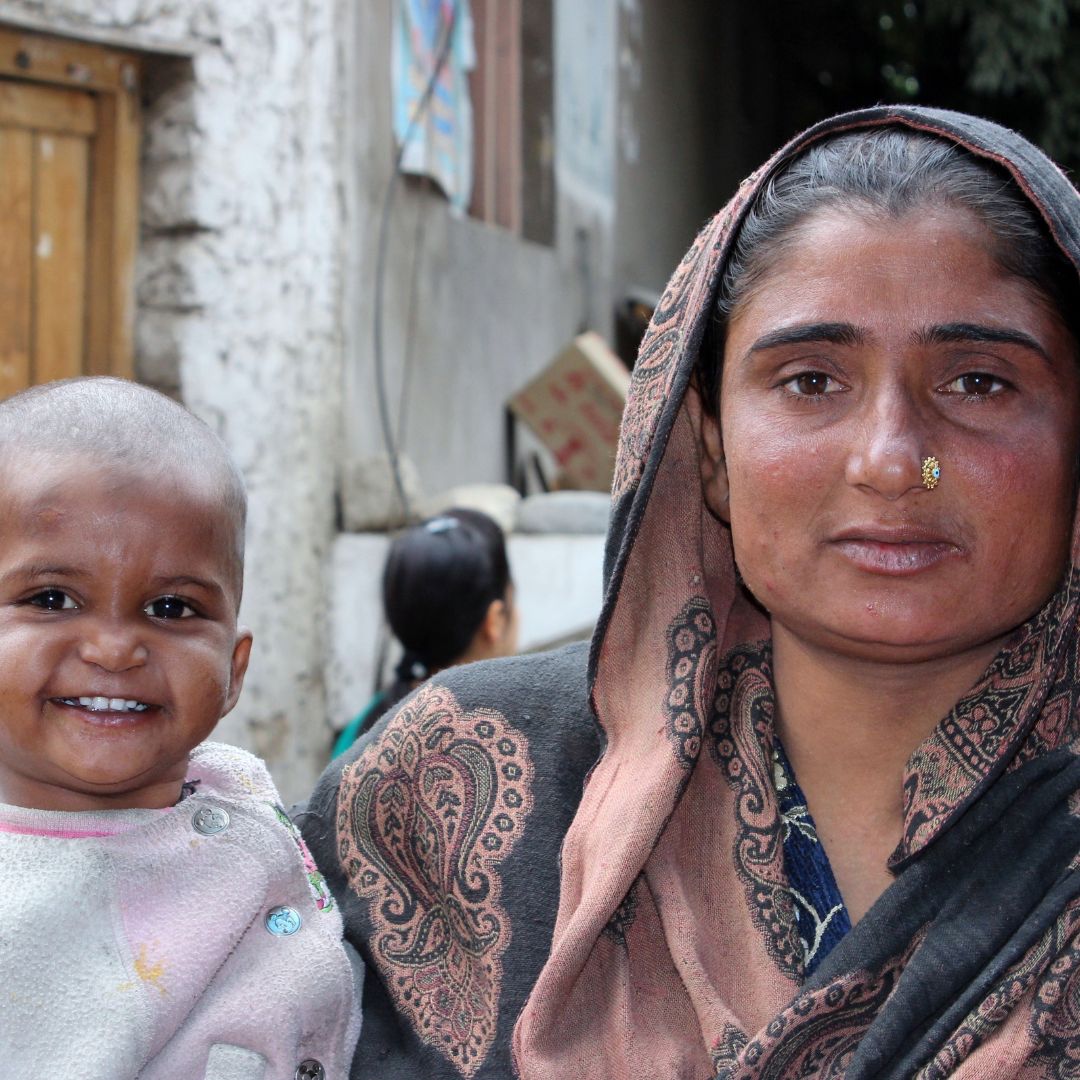
Image Credit: Pixabay
53% Of Indian Women Aged 15 To 49 Years Affected By Anaemia, Says Global Nutrition Report
Writer: Madhusree Goswami
A mountain girl trying to make it big in the city. She loves to travel and explore and hence keen on doing on-ground stories. Giving the crux of the matter through her editing skills is her way to pay back the journalism its due credit.
India, 24 Nov 2021 8:34 AM GMT
Editor : Snehadri Sarkar |
While he is a massive sports fanatic, his interest also lies in mainstream news and nitpicking trending and less talked about everyday issues.
Creatives : Madhusree Goswami
A mountain girl trying to make it big in the city. She loves to travel and explore and hence keen on doing on-ground stories. Giving the crux of the matter through her editing skills is her way to pay back the journalism its due credit.
Since 2016, there has been a rise in anaemic Indian women. In 2016, 52.6 per cent of Indian women were anaemic. But in 2020, 53 per cent were found to be anaemic.
India has hardly made any progress on anaemia and childhood wasting according to the 2021 Global Nutrition Report (GNR, 2021). The annual Global Nutrition Report annual report sets out progress towards global nutrition targets.
The report adds that while India is on course to meet three targets for maternal, infant and young child nutrition (MIYCN), no progress has been made towards achieving the target of reducing anaemia among women of reproductive age.
It added that 53.0 per cent of women aged 15 to 49 years are now affected by anaemia.
India featured among the 161 countries studied in the report as having made zero progress or said to be worsening with regards to reducing anaemia. Similarly, it has made no progress on childhood wasting either. Wasting is referred to children whose weight is low for their height.
More Than Half Of Indian Women Are Anaemic
Since 2016, there has been a rise in anaemic Indian women. In 2016, 52.6 per cent of Indian women were anaemic. But in 2020, 53 per cent were found to be anaemic. And while the country is 'on course' to meet the target for stunting, around 34.7 per cent of children under 5 years of age are still affected by it. This is higher than the average for the Asia region at21.8 per cent.
In terms of achieving the target for wasting, India has made no progress with 17.3% of children under 5 years of age in the country being affected by it. This is higher than the average for the Asia region 8.9 per cent.
India is 'off-course' in meeting seven of the 13 global nutrition targets, according to the report. These include sodium intake, raised blood pressure (both men and women), obesity (both men and women) and diabetes (both men and women). The country has shown zero progress towards achieving the target for obesity, with an estimated 6.2% per cent of adult (aged 18 years and over) women and 3.5 per cent of adult men living with obesity. However, the country's obesity prevalence is lower than the regional average for Asia of 10.3 per cent for women and 7.5 per cent for men.
Diabetes is estimated to affect 9.0 per cent of adult women and 10.2 per cent of adult men in the country.
Areas Where India Is 'On Course'
India is also among 105 countries that are 'on course' to meet the target for 'childhood overweight' and among 53 countries 'on course' to meet the target for 'exclusive breast feeding'. About 58 per cent of infants in the age group 0-5 months are exclusively breastfed in the country.
The Overall Scenario In Asia
According to the report, anaemia affects an estimated 32.9 per cent of women of reproductive age in the Asia region. About 17.3 per cent of infants have a low weight at birth and the estimated average prevalence of infants aged 0 to 5 months who are exclusively breastfed is 45.3 per cent, which is higher than the global average of 44.0 per cent.
And although it performs relatively well against other regions, Asia still experiences a malnutrition burden among children aged under 5 years. The average prevalence of overweight is 5.2 per cent, which is lower than the global average of 5.7 per cent. The prevalence of stunting is 21.8 per cent, which is lower than the global average of 22.0 per cent. The Asia region's prevalence of wasting is 8.9 per cent, which is higher than the global average of 6.7 per cent.
An average of 11.4 per cent of adult (aged 18 and over) men in the region live with diabetes, compared to 9.5 per cent of women. Meanwhile, 10.3 per cent of women and 7.5 per cent of men live with obesity.
Also Read: Shimla Tops NITI's 1st Sustainable Development Goal Index, Dhanbad Worst Among 56 Cities
 All section
All section














